If you look around, you’ll see that leather products are everywhere. Whether wearing your favorite sneakers, carrying your stylish purse, or donning your warm winter jacket, you’ll find leather in nearly every product you use daily.
Human beings have been familiar with leather since the medieval period, crafting a diverse range of products using the tools and techniques available at that time.
Now you must be thinking, “What is leather working?”
It involves crafting products from animal hides by using specialized tools to give leather the desired shape, size, and texture.
This is a comprehensive blog on leather working where you will learn how leather products are manufactured, the essential tools for creating leather products, and tips for you to master leather craftsmanship.
Leather Working: Let's Talk About It
Leather working refers to the process of manipulating animal hides to craft a variety of products, including accessories, apparel, and furniture upholstery. Leather craftsmen employ specialized tools and techniques for cutting, stitching, tooling, and dyeing leather to achieve a polished finish.
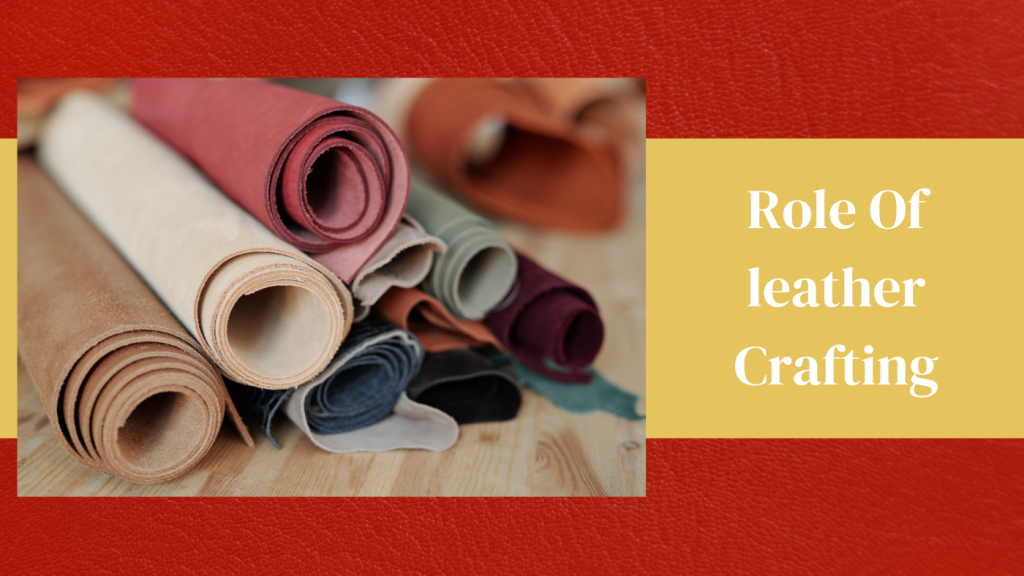
Leather Crafting: Its Role in Cultures and Industries
Role in Culture
Since ancient times, leather has been popular for its durability and versatility. During those times, human beings used leather to fulfill their garments, footwear, and armor needs. This custom has been ongoing where individuals use leather products for both protection and social status.
Role in Industries
In contemporary times, leather remains a cornerstone of various industries like fashion, furniture, and automobiles.
Fashion houses emphasize careful material selection for crafting premium leather products like handbags, shoes, and apparel.
In interior design, leather products play a crucial role in providing an aesthetic and sophisticated look to residential and commercial spaces.
While the automobile industry relies on leather upholstery to enhance comfort and elegance in vehicle interiors.
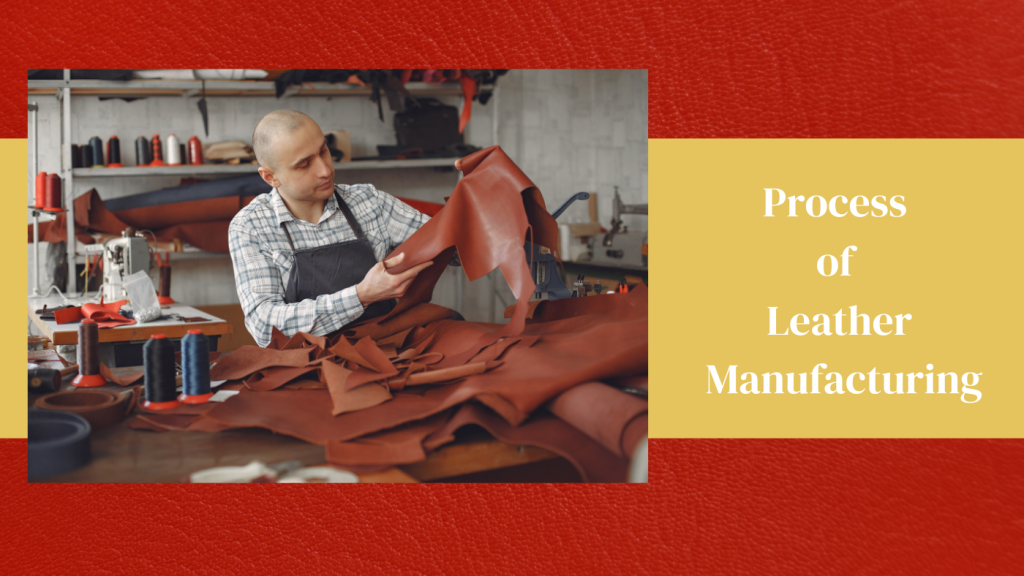
Leather manufacturing process: How is leather made?
The leather industry works on innovation, craftsmanship, and meeting market demand for high-quality products. The leather manufacturing process involves careful raw material selection and sourcing from various animal hides, such as cattle, sheep, goats, crocodiles, and ostriches. The raw materials are selected based on the quality and characteristics of animal hides, like thickness, grain pattern, and natural markings.
The next crucial step in the leather manufacturing process is tanning. Through leather craftsmanship, raw hides are transformed into durable and versatile leather by stabilizing the collagen proteins of animal hides, preventing decomposition, and making the material suitable for various industrial and consumer uses.
There are different tanning methods:
Vegetable Tanning:
Vegetable tanning is a traditional technique of turning animal hides into leather by altering their protein. It is a time-consuming process, as it may take up to 2 months to show results.
Vegetable tanning leathers are expensive because of their durability and firmness and are ideal for crafting luxury goods like belts and bags.
Chrome Tanning:
Chrome tanning is a modern method of transforming animal hides into leather. Unique vegetable tanning, chrome tanning leather manufacturing process is quick as this technique uses a concoction of acids, chemicals, and salts and takes around one day to produce soft and supple leather quickly.
These leathers are mostly used in apparel, footwear, upholstery, and automotive industries.
Oil Tanning:
In this tanning method, animal hides are soaked in oils and fats to give the leather a soft, flexible, and water-resistant finish.
Specialized Tanning Methods:
Specialized tanning is a blend of multiple tanning methods like vegetable tanning, chrome tanning, and oil tanning to achieve specific characteristics in the leather.
Once the tanning process is complete, the leather undergoes finishing treatments like dyeing to impart color, conditioning to maintain suppleness and moisture, and applying finishes to protect against wear and tear, making it durable, usable, and appealing in the eyes of customers.
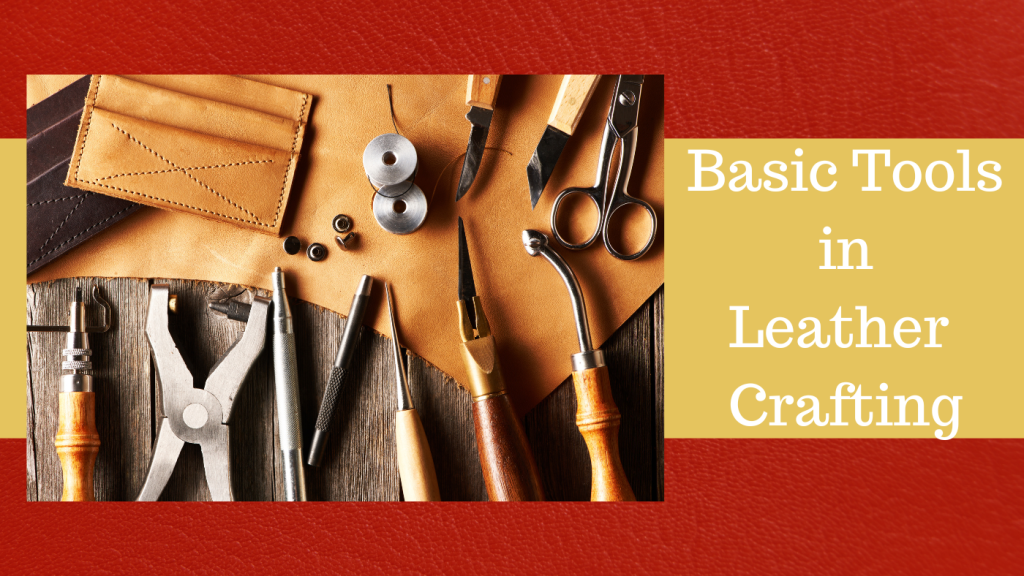
Key Tools for Leather Crafting
Leathercrafting is an art that requires a variety of specialized tools to give the leather products the desired design and texture.
Here we have shared the basic tools every leather worker needs to craft a masterpiece:
For Cutting & Skiving
- A utility knife is a versatile tool with sharp and replaceable blades. They are used for cutting leather with precision and accuracy.
- A rotary cutter is an easy-to-use tool with circular blades. These tools are useful in cutting long strips and making clean and straight cuts on the leather.
- Skiving tools have curved blades, useful in thinning the leather edges to reduce bulk.
For Rounding Out Edges
- The edge creaser tool is available in various shapes and sizes. They are useful in creating smooth, rounded edges on leather products, giving them a professional finish.
- The burnishing tool is rubbed along the leather edges with a bit of water to give it a smooth and round finish.
For Punching and Digging Stitching Holes
- Hole punch set tools are available in various sizes and shapes. These tools are useful in creating evenly spaced holes in leather shoes or belts.
- The diamond chisel tool has multiple sharp, angular teeth, useful in creating uniform stitches on leather products.
For Widening and Creating Stitching Holes
- Stitching groovers are handy tools for making small grooves on leather to guide the needle to make straight and neat stitches while sewing.
- Edge piler tools are used in creating new holes or widening existing holes with uniform size and spacing.
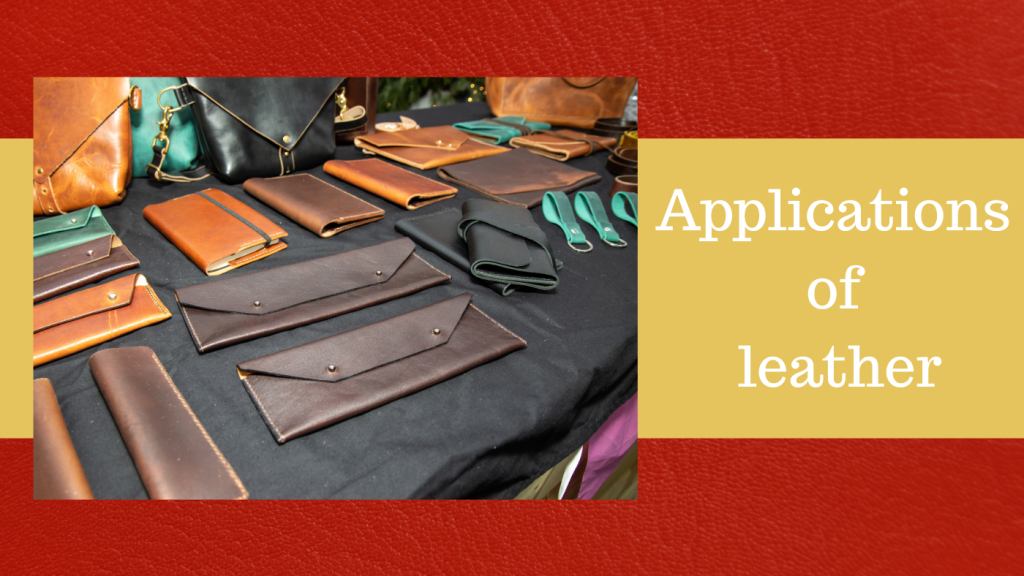
Applications of Leather Craft Work
Leather products undergo several manufacturing processes, making them durable and versatile. Leather is an invaluable asset with a strong demand across different industries.
Fashion and Accessories
In the fashion industry, leather is a popular material for creating apparel and accessories (bags, belts, and shoes). Leather is durable as it withstands wear and tear, making it ideal for long-term use.
Industrial and Technical Uses
In the industrial world, leather is used in creating safety gear like gloves, aprons, and boots to protect workers from workplace hazards. Additionally, they are used in car interiors, giving a comfortable and luxurious feel.
Furniture and Home Décor
Leather is an essential component in crafting high-quality furniture and stylish home décor products. It is used for creating products for both residential and commercial purposes like leather sofas, chairs, rugs, pillows, and wall coverings.
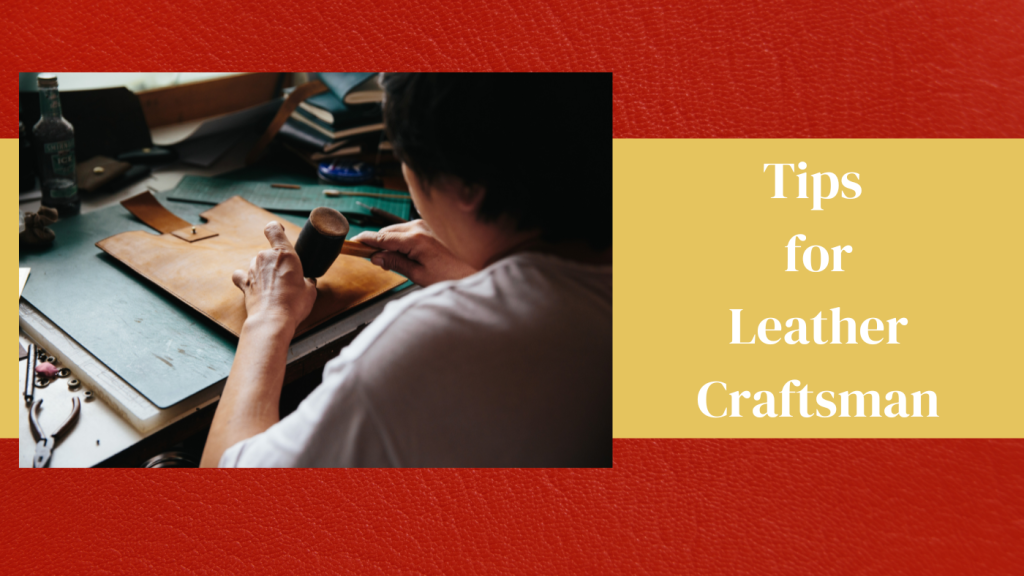
Mastering Leather Craftsmanship
Leather craftsmanship is a rewarding activity that calls for creativity and a keen eye for detail to achieve precise results.
Tips for Beginners on Starting Simple Projects
Start with simple projects
As a beginner, learn the fundamentals of leather craftsmanship and start taking simple projects to build skills while working.
Choose the Right Tools
Invest in quality leathercraft tools like cutting mats, rotary cutters, edge tools, and needles to begin with small projects. Choose high-quality, essential tools for its longevity.
Select the Right Leather
Vegetable-tanned leather has a flexible feature that enables the beginner craftsman to learn basic cutting, stitching, and dyeing techniques.
Follow Tutorials and Patterns
Watch beginner-friendly free tutorials available on the internet to learn the techniques of leather cutting and stitching. Observe the patterns and implement them in your next projects.
Common Mistakes and How to Avoid Them
Inaccurate Measurements and Cuts
Use sharp cutting tools like a utility knife and rotary cutter for clean, precise cuts. Always double-check your measurements to maintain accuracy.
Inconsistent Stitching
Stitching on leather can be challenging for you as a beginner if you are just starting. Use a stitching guide to maintain even spacing and practice stitching on scrap leather to develop techniques before you work on your final projects.
Ignoring Tool Maintenance
Dull tools can affect your work quality. Regularly inspect tools’ condition and ensure they are sharp and clean to maintain precision and achieve the best results.
Conclusion
Leatherworking is a lucrative hobby where you transform pre-tanned leather into unique products for various industries like fashion, automobiles, and interior design. You need to have the right tools for cutting leather, rounding out its edges, and widening and creating stitching holes.
But there are many common mistakes, like making inaccurate measurements and cuts and not maintaining tools beginner craftsmen do in their initial journey. So, the bonus tip is to start small, choosing the right tools while also focusing on their maintenance, and learning and implementing the techniques to develop your leather craftsmanship.
